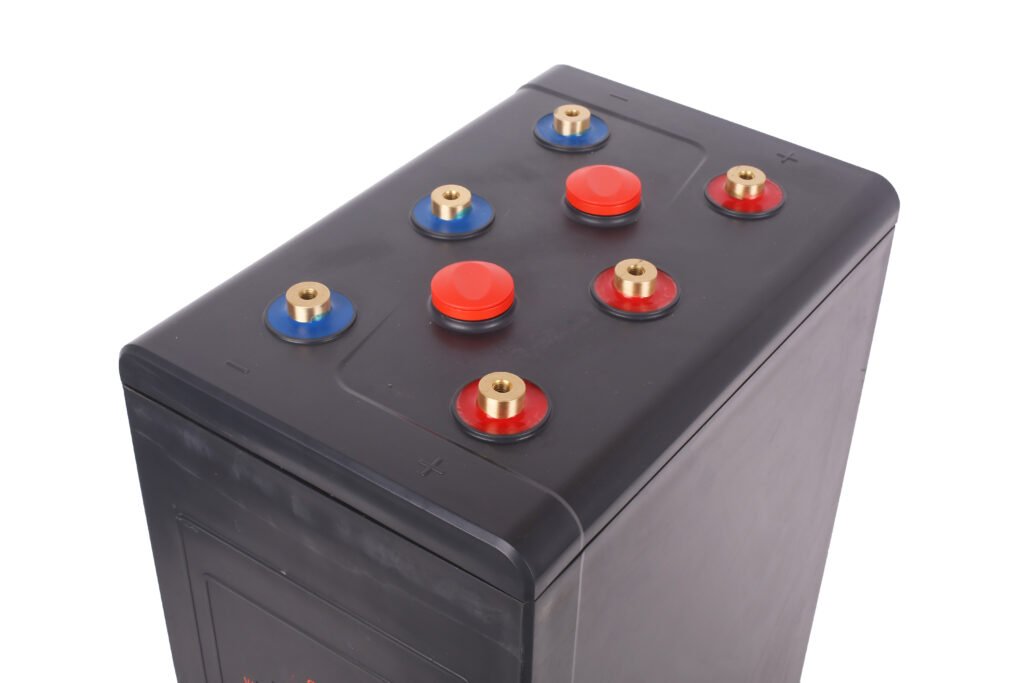1.EPS is the application development of UPS
In advanced countries in Europe and the United States, due to grid-connected power supply, sufficient power and good power supply quality, coupled with the specification of electrical equipment, it will not cause grid pollution and mutual interference on the grid. Therefore, in many occasions, it is not recommended to use dual-inverter online UPS. Instead, it is recommended to use the UPS under the energy-saving ECO (ECONOMY CONTROL OPERATION) working state, that is, the load is usually supplied by the mains, and when the mains is abnormal, the battery is used. The inverter output power supply through the inverter. In Europe, this type of UPS with energy-saving working status is called CPS (Center Power Supply), and the reason for its widespread adoption is: on-line UPS with dual inverter working mode, when the mains power is normal, its AC→DC→AC energy conversion The efficiency is about 90%, and the energy conversion efficiency of UPS (CPS, EPS) in the energy-saving working state when the mains power is normal, the energy conversion efficiency is as high as 99%, and the availability of grid-connected mains can reach more than 99.99%, that is, only 0.01% Therefore, using CPS (EPS) for power supply, the energy saving effect is very significant. At the same time, the EPS inverter is in the starting state, but does not output power, similar to the dormant state, the EPS inverter can greatly extend its life than the continuous output power of the UPS inverter.In fact, EPS’s high-end products are UPSs in sleep mode. When the mains power is normal, the EPS transmission quality is not as good as the UPS, but today, when the mains power is connected to the grid, it can meet the requirements of most electrical equipment. Therefore, people are concerned about the eternal theme of power saving and the two major factors of high reliability. In most cases, EPS is better than UPS. If the quality of the power grid is good, the power supply is reliable, and the electrical equipment is standardized, it is possible to replace the dual-inverter online UPS with EPS in many occasions in our country, instead of replacing EPS with UPS. Of course, in some very critical equipment, dual-inverter online UPS is still needed.

2.The difference between EPS and UPS
(1) The development of EPS in our country originated from the sudden failure of the power grid. In order to ensure the need of power protection and fire protection linkage, it can provide emergency lighting and fire emergency in real time, and protect the life or body of users from harm. The technical requirements of its products are subject to The Ministry of Public Security shall supervise the fire protection certification and accept the fire protection inspection at the installation site. UPS is only used to protect user equipment or business from economic losses, and its product technical requirements are certified by the Ministry of Information Industry. The safety regulations applicable to the two are obviously different and therefore have different values.
(2) Both EPS and UPS can provide two-way selective output power supply. UPS in order to ensure high-quality power supply, it is to choose inverter priority; while EPS is to ensure energy saving, it is to choose city power priority. Of course, there are differences in the design indicators of the rectifier/charger and inverter.
(3) Because UPS is used online, it can report to the police in time when there is a failure, and the utility power is provided as a backup guarantee. The user can grasp the failure and eliminate the failure in time, and it will not cause greater losses to the accident. EPS is used offline and is the last power supply guarantee, so its reliability design requirements are higher. It cannot be simply understood as a backup UPS, otherwise, the importance of EPS will be wiped out. If the EPS cannot be supplied with emergency power from the battery when the mains fails, the EPS will be virtual, and the consequences will be unimaginable.
(4) UPS power supply objects are computers and network equipment, and the nature of the load (input power factor) is not much different, so the national standard stipulates that the UPS output power is 0.8. The EPS power supply object is power protection and fire safety. The load properties are inductive, capacitive, and rectifier nonlinear loads and its output power factor cannot be set to 0.8 (EPS national standard will specify its value), and Some loads are put into operation only after the mains is cut off, so EPS is required to provide a large inrush current. EPS needs to have better output dynamic characteristics and stronger anti-overload capability. Therefore, the technical design index allocation of each component of EPS and UPS is different.

